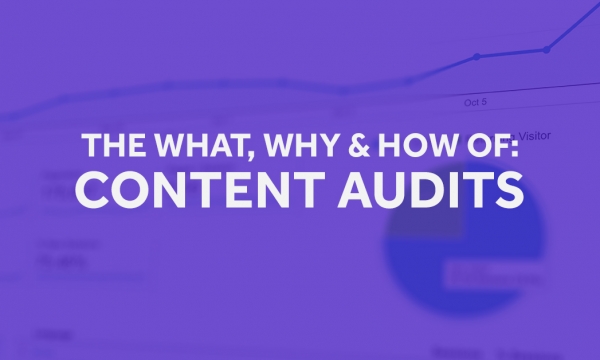For Facebook, 2014 was the year of video. Facebook now averages more than one billion video views every day and the social network has big ambitions. In order to knock YouTube from its perch as the leading video platform in 2015, it has been going on the charm offensive to prominent YouTube vloggers and celebrities, hoping that they can bring their massive YouTube followings with them.
The acquisition of video compressing start-up QuickFire is the latest step towards video domination. But why is Facebook so interested in video? Here are six possible reasons why.
Video is growing

As part of its attempt to woo YouTube content creators, Facebook has started releasing statistics relating to video content. In a blog post, it was claimed that video uploads per person grew by 75% globally in 2014, although that figure rises to 94% in the US.
Facebook has also reported that the amount of video content from both people and brands appearing in the news feed has increased by a factor of 3.6x year-on-year. That’s a rate of growth that has seen Facebook overtake YouTube as the dominant platform for desktop video, although the use of auto-play means that the figures should be taken with a pinch of salt.
Whatever way you look at it though, video content is a huge growth area on the social network.
Engagement rates are stronger

That level of growth could be, in part at least, due to video being a highly effective method for getting messages to audiences.
A report from Adobe in April 2014 found that as well as the number of video plays increasing, video content generated 25% higher engagement rates (including comments, likes or shares). Conversely, text-only Facebook updates losing engagement.
Which (theoretically) equates to better exposure

As Edgerank tries to prioritise the content featuring in the news feed, it is on the lookout for content that is generating a reaction online.
Facebook has openly admitted that it is rationing the way it disseminates your message to your followers, so to make an impact without making a dent on your ad budget, you need to make your content absolutely unmissable. Ultimately, you need to make it as difficult as possible for Facebook to ignore your content.
If engagement is a signal of quality for Edgerank, then it is a major incentive for brands to embrace video content.
Video is extremely resource intensive

One of the challenges for Facebook, and other platforms with a significant mobile user base, is the fact that video is extremely bandwidth intensive.
Whilst much of the developed world can enjoy reliable 4G connectivity, this presents a major problem for Facebook in emerging markets and those with low adoption rates for high speed mobile internet.
That is likely to be the motivation behind Facebook’s acquisition of Quickfire, a video compression start-up that claims to compress video content without any discernible drop in quality.
The acquisition is clearly a statement of intent from Facebook that it sees video as a huge growth area for 2015 and beyond. That is likely to put immense pressure on Facebook servers and mobile bandwidth – something that QuickFire will address.
Audience retention is critical to Facebook’s ambitions

Facebook has a compelling selling point for those YouTube influencers that it is trying to attract. Facebook is still very much a go-to place for users and the site has an incredibly captive audience.
That was demonstrated with the launch of Apple’s recent Christmas TV campaign, The Song, which was published on both YouTube and Facebook in mid-December. It has been watched 3.2m times on YouTube, but received almost 18 times as many views (20.9m) on Facebook.
Is video content at the heart of your social media strategy? Get in touch to learn about our approach to content marketing.


